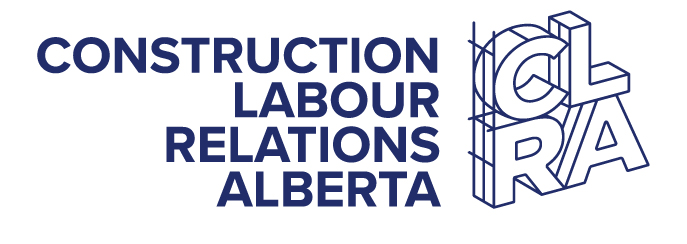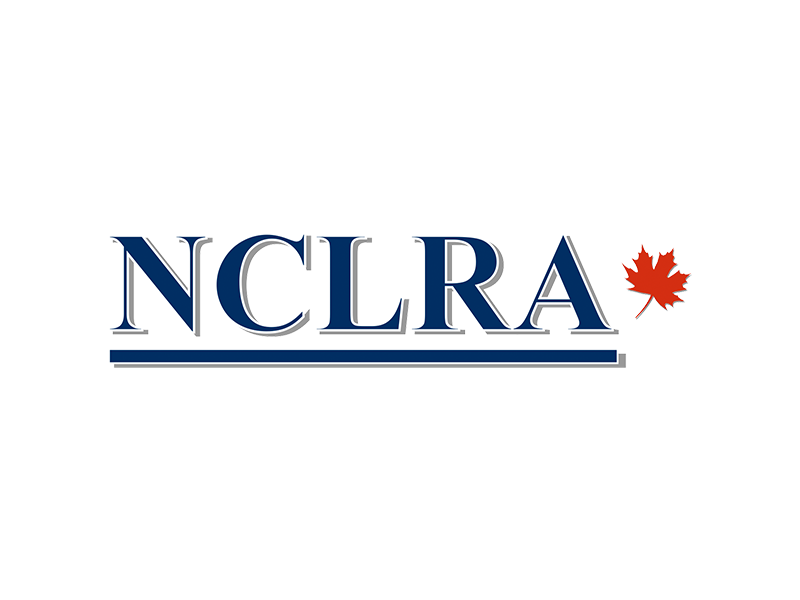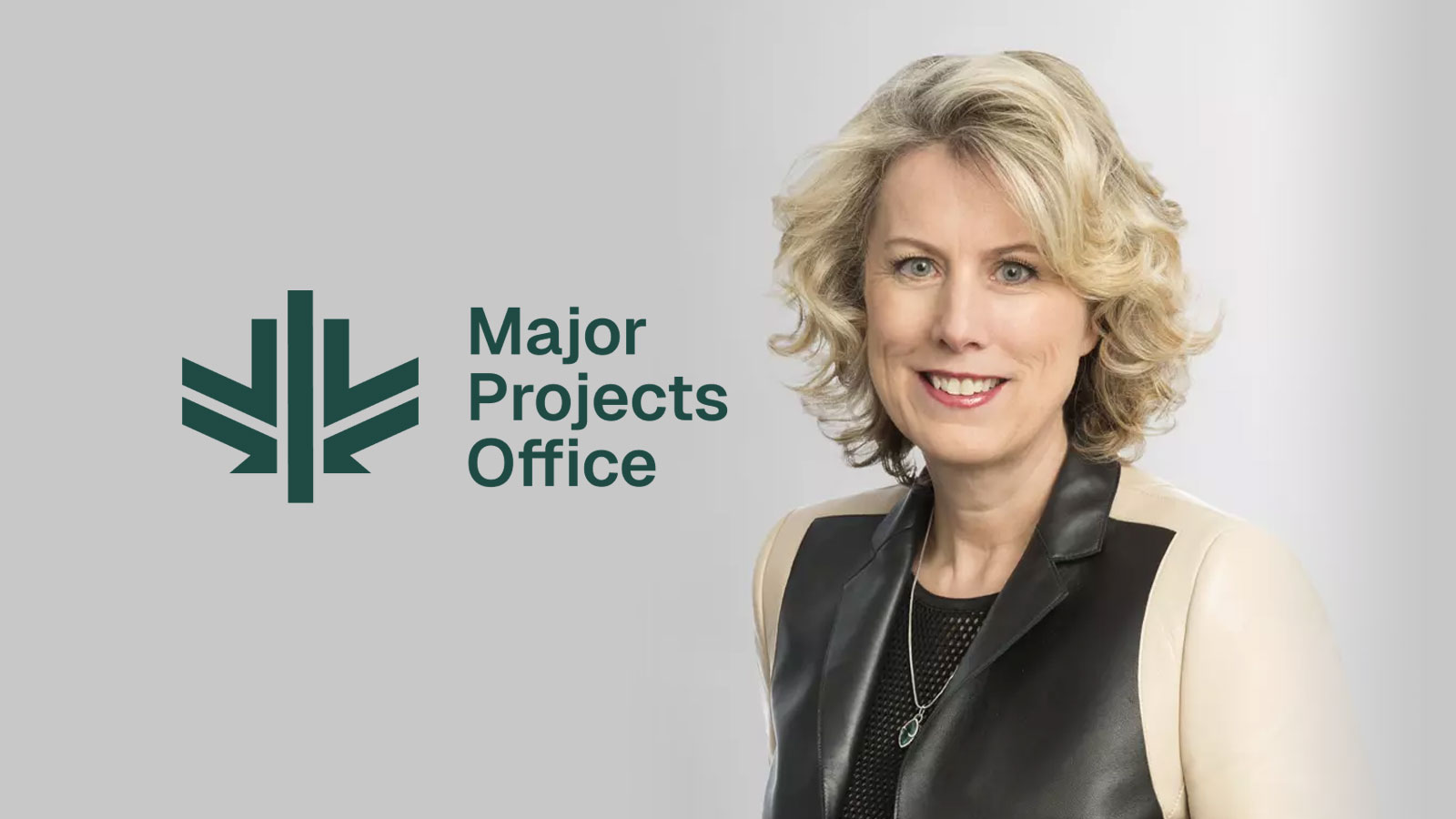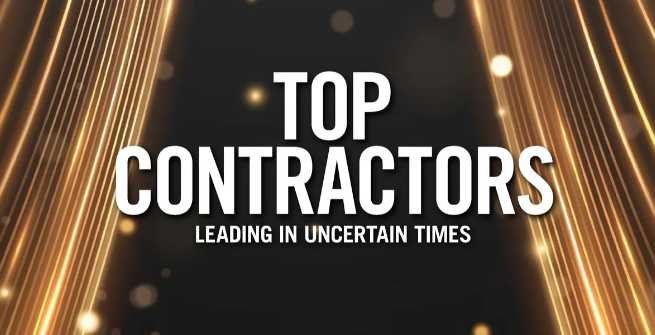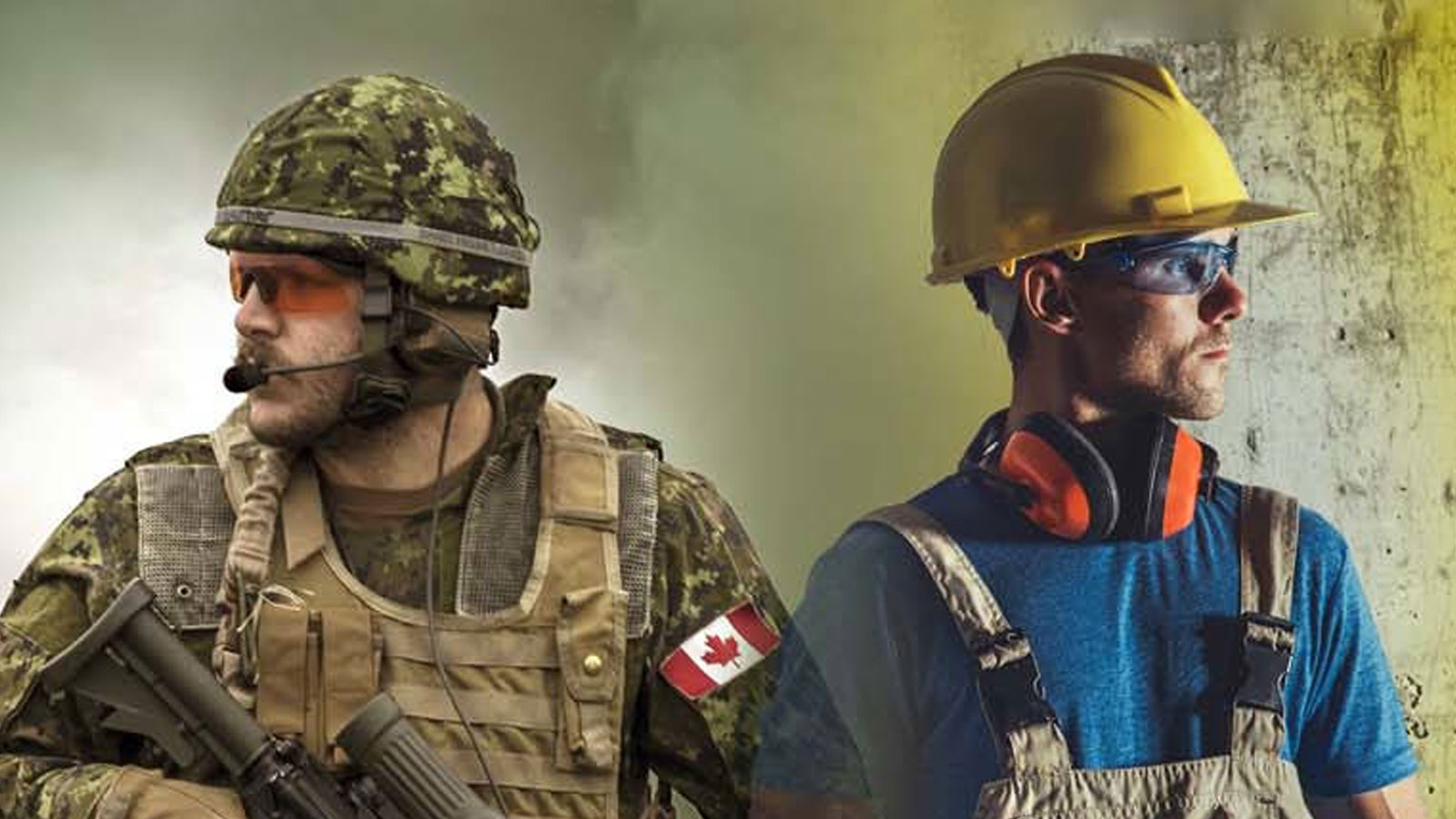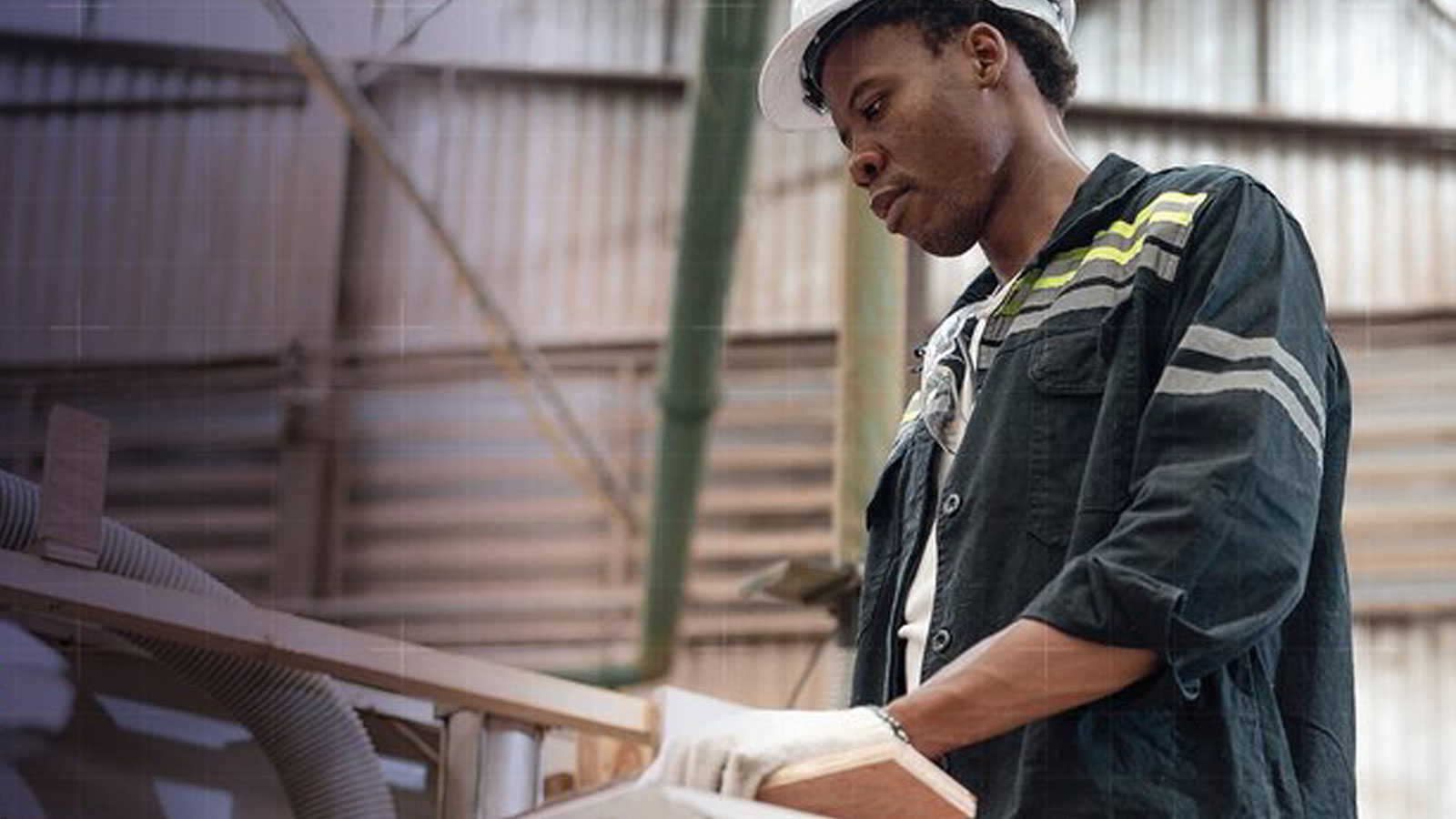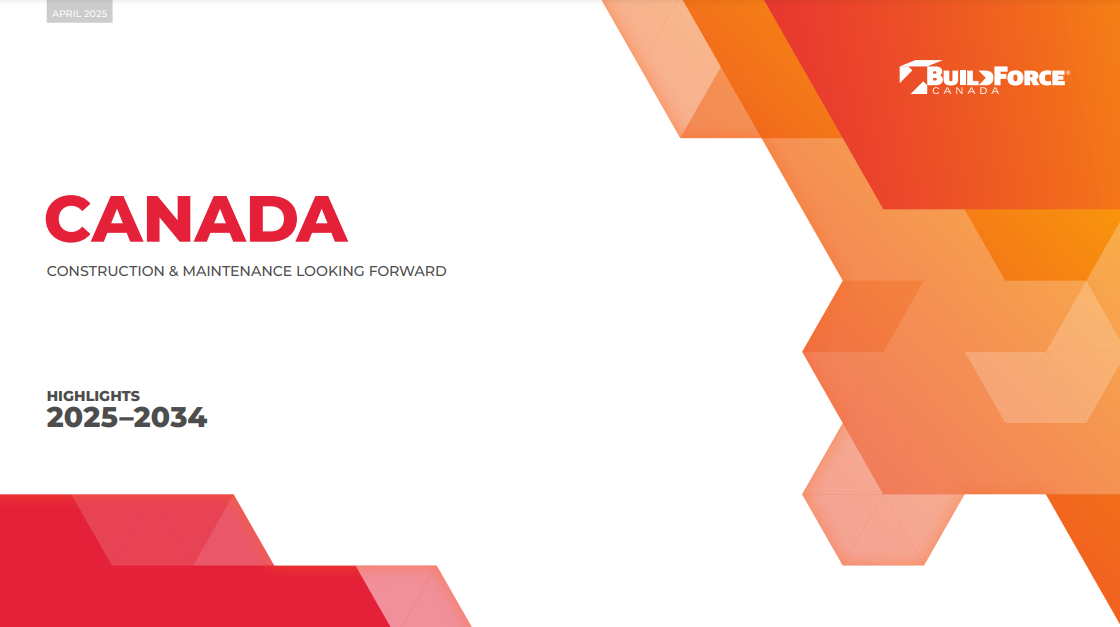
Business Council Winter 2025 Snapshot Summary
Alberta has shown resilience through a turbulent year and is expected to lead Canada with roughly 2% growth this year and next, according to the Business Council of Alberta’s Winter 2025 Snapshot. While this is modest growth, it shows the province’s strength during a challenging year marked by uncertainty over U.S. trade and tariffs. Alberta’s labour market has held up well despite these challenges. The province has added jobs at more than twice the national pace since January, with the unemployment rate dropping from 8.4% in August to 6.5%. Construction activity remains strong, with Alberta still building roughly twice as many homes as in 2019 and on track for a record year. However, the residential construction boom that drove much of Alberta’s growth is stabilizing as both population growth and housing markets return to more balanced levels. The recent Federal-Alberta Memorandum of Understanding (MOU) could open the door to real opportunities for the province. Many details still need to be worked out and challenges remain, but it signals the federal government’s renewed commitment to supporting Canadian workers and our economy. The MOU supports major infrastructure projects that could create significant construction opportunities, including a new pipeline capable of moving one
